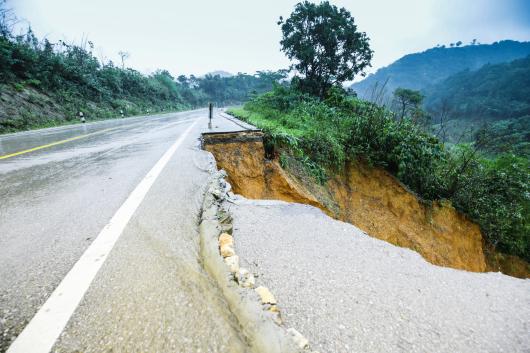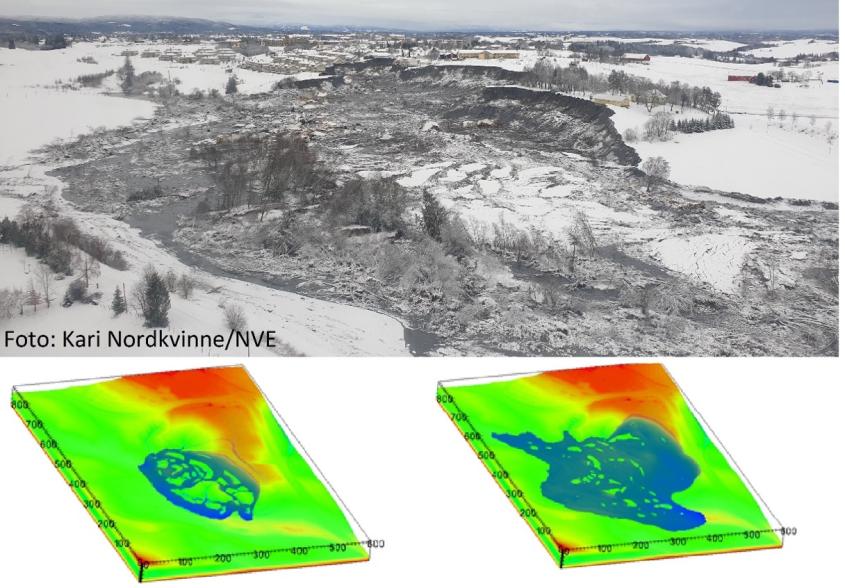Sensitive clay landslides can be very large and potentially have very serious consequences. For example, the recent sensitive clay landslide in Gjerdrum in December 2020 caused loss of lives and destruction of infrastructure.
In the Geotechnical group at NTNU, researchers are developing a model to study the initiation and the mobility of sensitive clay landslides in an attempt to improve our understanding and prediction of these phenomena.

"This requires extensive computing resources provided by Sigma2, to develop new algorithms and perform large-scale simulations."
Quoc Anh Tran, Researcher, Department of Civil and Environmental Engineering, NTNU
Clay almost like liquid
Sensitive clays are commonly found in Scandinavia and Canada. Due to its original deposition below sea level, sensitive clay differs from other clays because it has been washed out of salt over time. Consequently, this clay is unstable and can almost float as a liquid if overloaded.
The researchers hope to gain a better understanding of the landslide mechanism, both on land and under the seabed.
The EU-funded project uses a high-performance computing framework to simulate the entire process of sensitive clay landslides, from initiation to final deposition.
